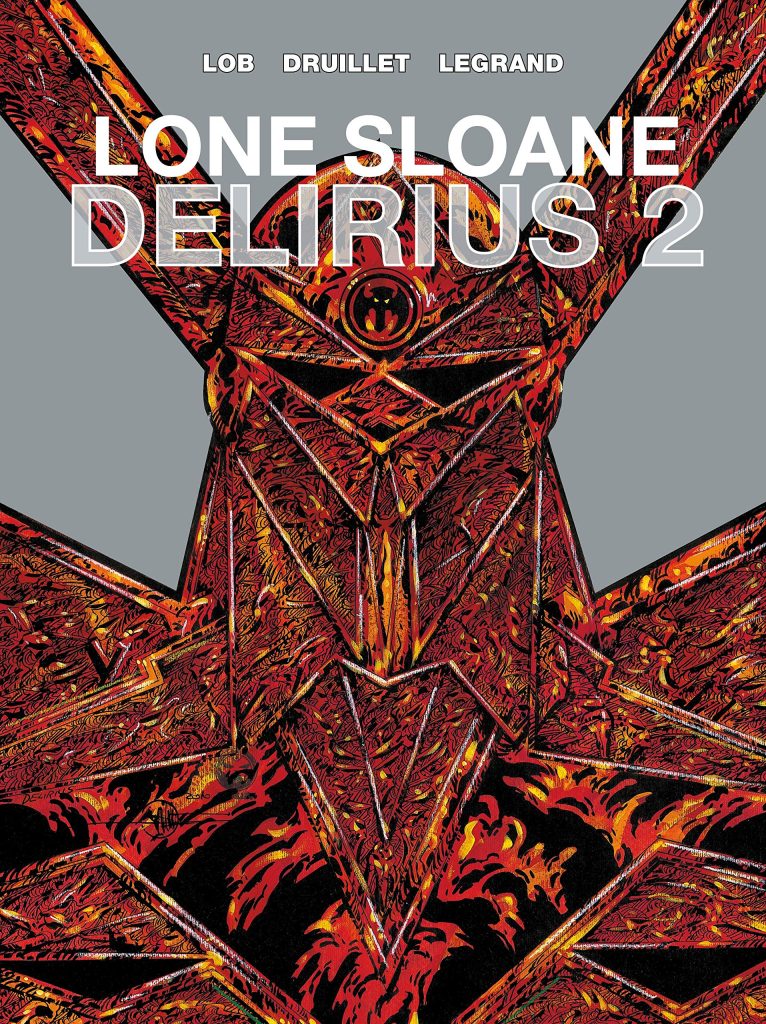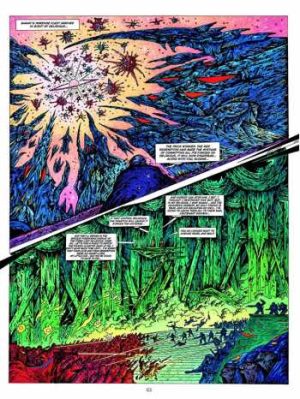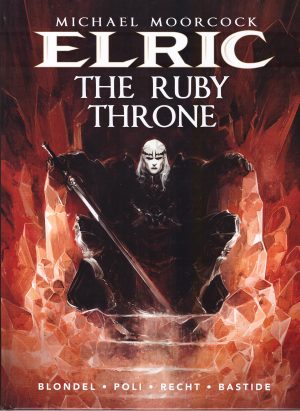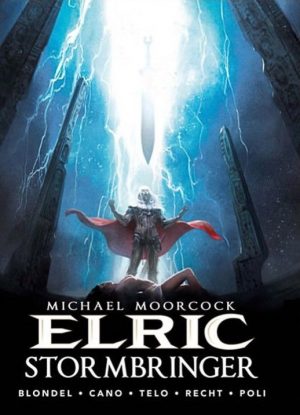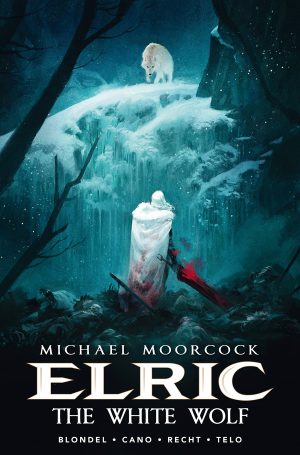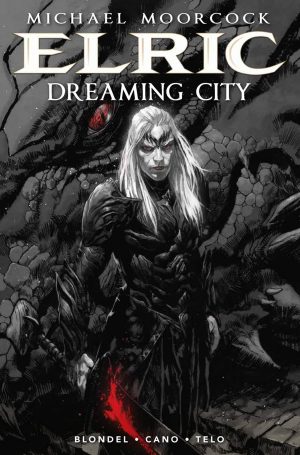Review by Ian Keogh
Philippe Druillet’s stunningly imaginative art on Lone Sloane was game changing from the start, influencing creators in France and abroad, but in terms of the complete comics package only his collaboration with Jacques Lob hits the spot. Delirius is the best of the Lone Sloane catalogue, and after finishing his Salammbô trilogy Druillet’s intention was to collaborate with Lob on a follow-up. Work was begun, but when Lob died Druillet left the only just started project lying dormant. Over a decade later began working with Benjamin Legrand, but Druillet ultimately didn’t like the direction and put it aside again. Eventually he completed Delirius 2 using some of what was planned by Legrand, but finishing the job himself.
If that all makes Delirius 2 sound dangerously like a hodgepodge lacking a defining creative vision you’d be right. Even with his capabilities Sloane knows to avoid Delirius, a planet for every rogue in the galaxy, but returns when his friend Yearl’s daughter is abducted there. However, he’s placed himself in the middle of a power struggle between old enemy Imperator Shaan and a new threat. It’s formula writing.
So if the story fails, surely Druillet’s art can be counted on? Well, not this time. The imagination is still there on some great single page illustrations, but too much is fudged. It’s unrealistic to expect an artist then well into his sixties to maintain the astonishing capacity for detail and decoration that Druillet had in the past, although a few examples are present, however is it too much to ask that pages are fully drawn? Seventeen pages roughed out before Lob’s death are included, but with colours applied to the roughs rather than finished art, and that’s around a quarter of the book. In too many other cases shortcuts are taken.
Toward the end, again roughly a quarter of the content, the visions become more fantastical, and while it’s not the Druillet of old, at least it’s an echo of what he was. Overall, though, this is one encore too far and the poorest Lone Sloane since the earliest 1960s work. That being the case, it’s for the best that new creators are on board for Babel.
